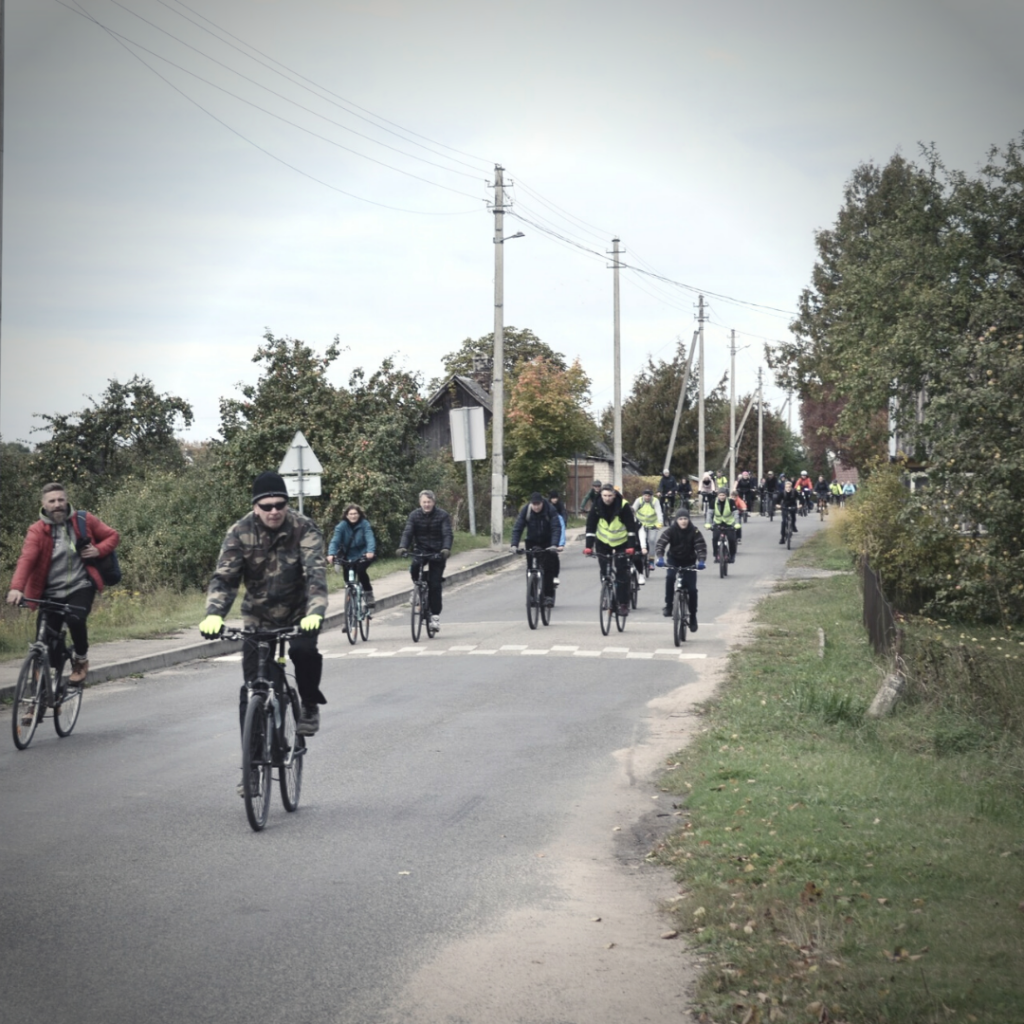Pre-war history of Medumi Parish
Pre-war history of Medumi Parish
The territory of today’s Medumi Parish was part of the Kurcums Parish of the Ilukste District of the Duchy of Kurzeme (founded in 1866) before the First World War. Historically, there were several manors in Medumi Parish – Kurcums Manor, Kriviniski Manor, Girviski Manor, Dervaniski Manor, Laukesa Manor, Ilze and Medumi Manors, as well as the half-manor of the Egypt’s Church, three pubs and five warehouses. Besides, Lieutenant General Ushakov of the Russian Army who was the owner of the Medumi Manor built a climatic station – a sanatorium at this place.
Summer houses of St. Petersburg intelligentsia were based around Medumi Lake. For example, the summer house of Olga Chernyshevska who was the wife of the writer Nikolay Chernyshevsky; a house of historian Anton Pipin who was a cousin of Nikolay Chernyshevsky; a summer house of the writer Yevgeny Lack, as well as the house of the artist Emil Vizelis, the actor Nikolay Monakhov and the literal Ganeizer. Medumi was also visited by Korney Chukovsky in February and summer of 1906.
Since 1836, the territory of Medumi was crossed by historical road – the St. Petersburg-Warsaw Tract. A 1st class post office was built near the Egypt’s Lutheran Church.
The legacy of the First World War
Exhibition of the First World War in Medumi is a story about the First World War both in the whole world and in a place like Medumi, where the so-called front lines were located for several years, including the front line of “Life and Death”. Exhibition which is 113 sq.m. large consists of two thematic blocks. The first part is devoted to the events of the First World War in Europe and Latvia. The visitors can get familiar with the life of soldiers, with the innovations that arose during the First World War, as well as study what weapons were used by the German and Russian Armies. On the other hand, the visitors of the second thematic block have the opportunity to assume the role of a soldier and experience first-hand the everyday life at the bunker. An imitation of a Russian bunker has been created in the hall – a fragment of a trench with a small dugout, war attributes and soldier mannequins. A bunker of the Russian Army has been made because they were built of wood and have not been preserved to this day, while the concrete bunkers of the German Army can be seen in life by visiting the international route through the bunkers of the First World War. Much attention is paid to audio and video equipment in the hall with an imitation of a bunker as it gives visitors the opportunity to feel the atmosphere of the battlefield. Modern design makes the exhibition interesting and easy to understand for different audiences. However, more attention is paid to school-aged children, for whom visiting the exhibition is like a repetition of what they learn in history lessons.
Route through the bunkers of the First World War
It is an international circular route which leads through Medumi and Demene Parishes in the Augsdaugava District (Latvia) and Zarasai District (Lithuania). It is located at the area where the defence line of the Russian Army and the German Army was positioned during the First World War. The route is intended for people who like long walks or bike rides. The rental of regular and electric bicycles is available for visitors who come to explore the route.

Route map: